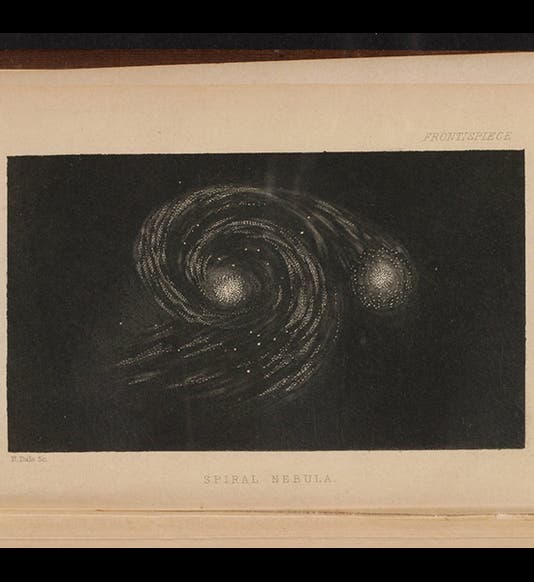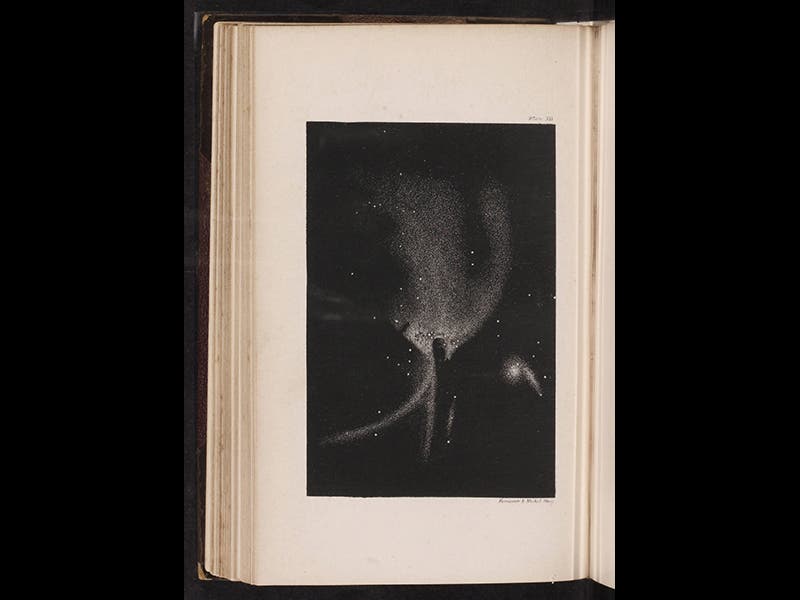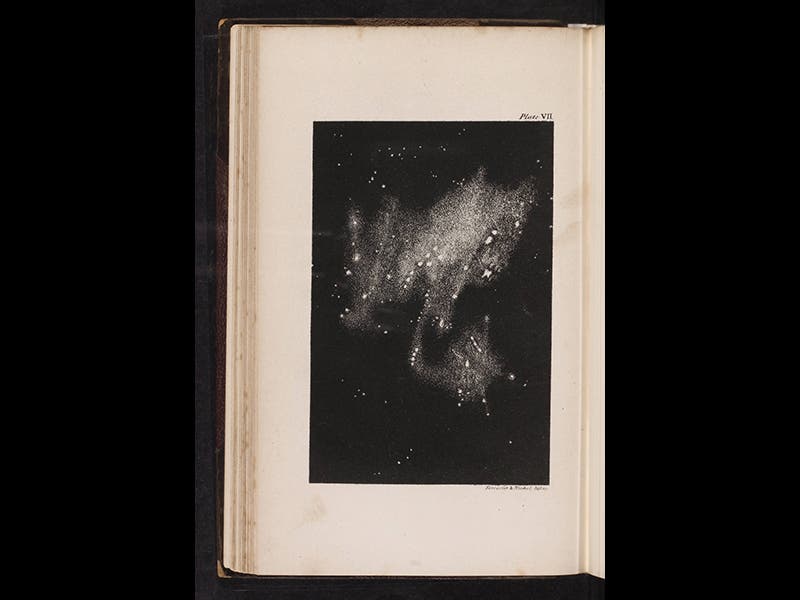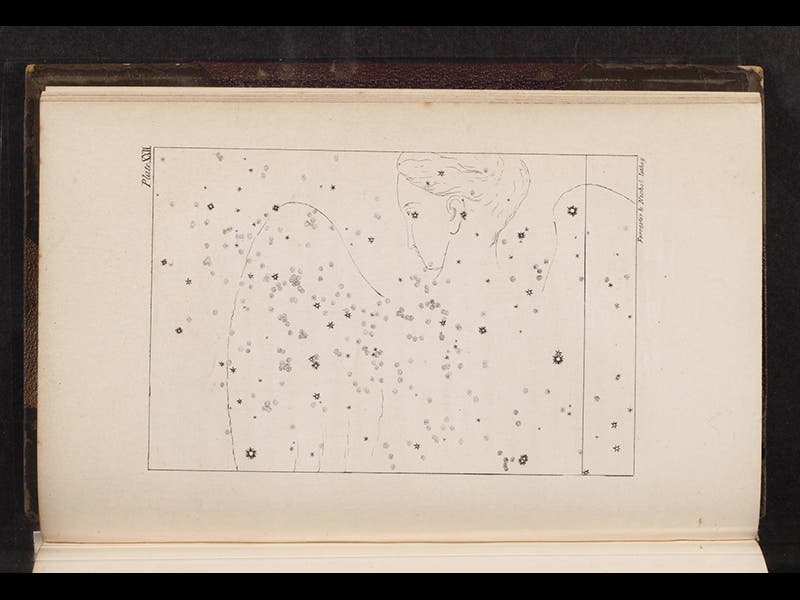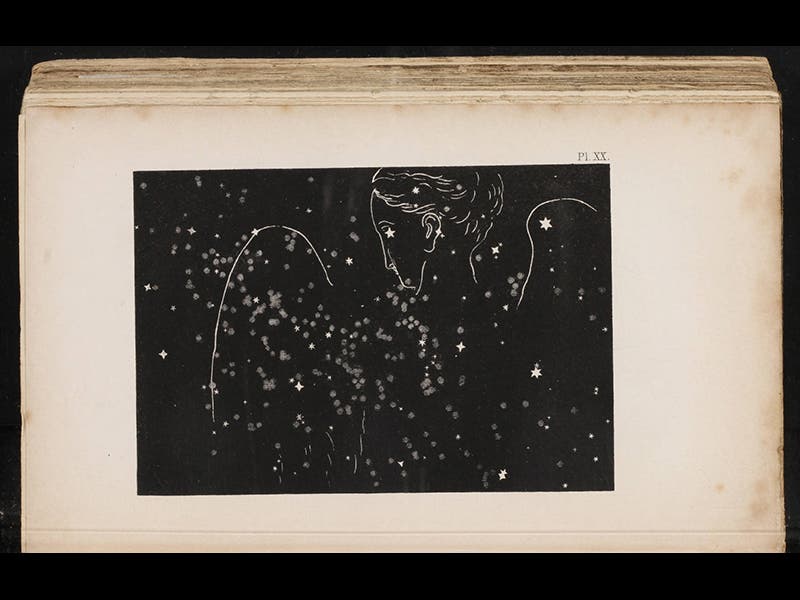Scientist of the Day - John Pringle Nichol
John Pringle Nichol, a Scottish astronomer, was born Jan. 13, 1804. Nichol became the Regius Professor of Astronomy at the University of Glasgow in 1836, one of the plum astronomy posts in Great Britain, and he taught the likes of William Thomson, later to be annointed Lord Kelvin. But Nichol’s main contribution to his field was to introduce astronomy to a mass audience. We are quite used to popular science books on all manner of subjects today, but such books, written for the general public, were almost non-existent before 1837, which just happens to be when Queen Victoria ascended the throne. In that year, Nichol published Views of the Architecture of the Heavens, and it was wildly popular, going through numerous editions. We reproduce here, from this work, an engraving of the Great Nebula of Orion (see second image above) and the Large Magellanic Cloud (third image above).
Because he was an astronomer himself, Nichol had access to the most current information, and to the on-going work of his fellow astronomers. For example, Lord Rosse of Ireland had built a gargantuan telescope in 1844, and he was the first to observe the spiral structure of some nebulae, especially M51, the Whirlpool nebula. Nichol was the first to publish an engraving of M51; we see here the version that appeared in his Stellar Universe of 1848 (first image above).
Nichol’s books went through many editions; we also have in the Library the 1845 edition of his Views of the Architecture of the Heavens. People often wonder why we collect multiple editions of works wherever possible. Well, if we didn’t, we wouldn’t know that in 1837, Nichol illustrated the Virgo cluster of nebula with an engraving that had black nebulae on a white background (fourth image above). Not happy with its appearance, he replaced it in the later edition with a different engraving, essentialy swapping a negative view for a positive view (fifth image above). We think you will agree that it was a wise decision.
Dr. William B. Ashworth, Jr., Consultant for the History of Science, Linda Hall Library and Associate Professor, Department of History, University of Missouri-Kansas City

